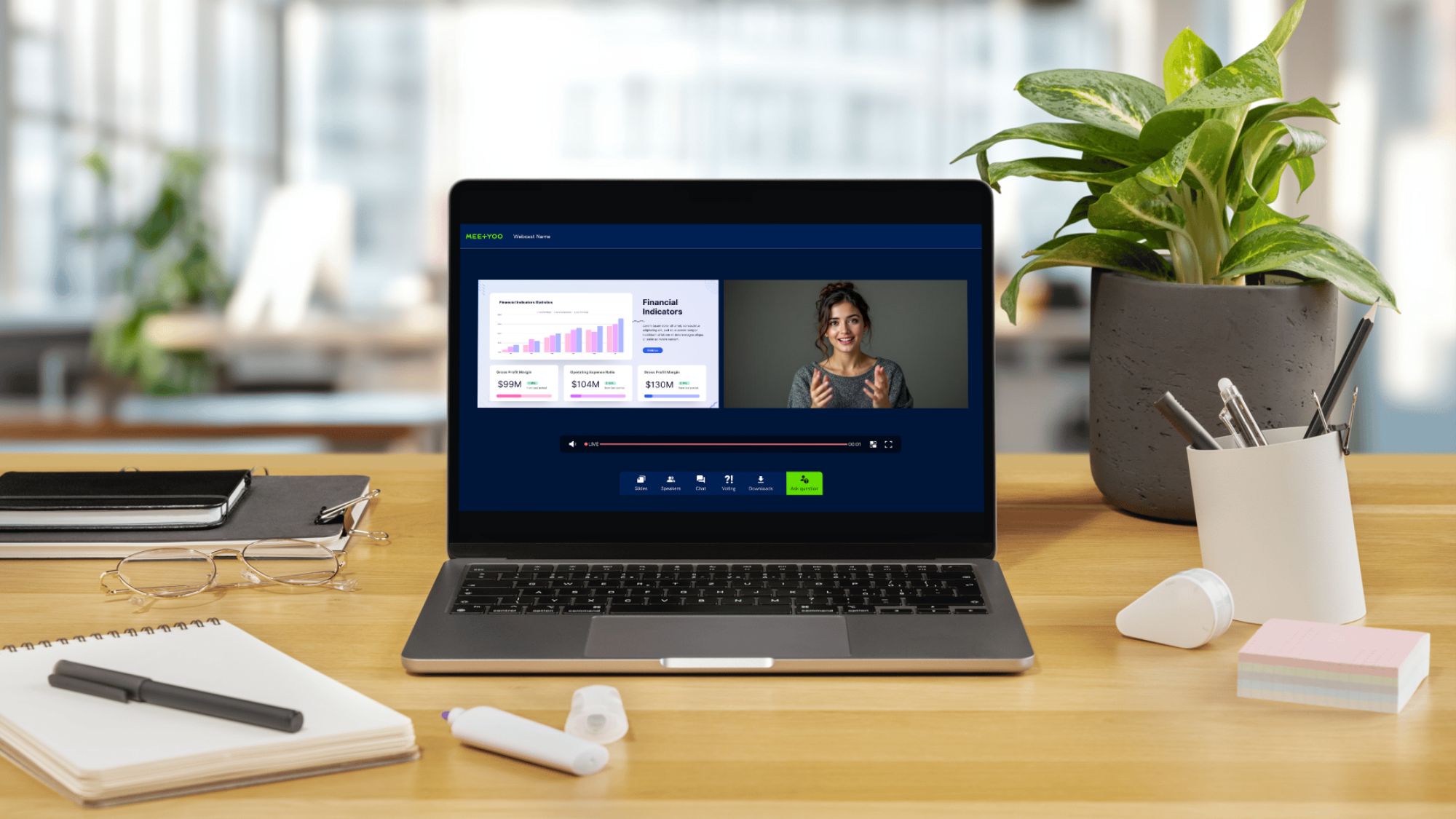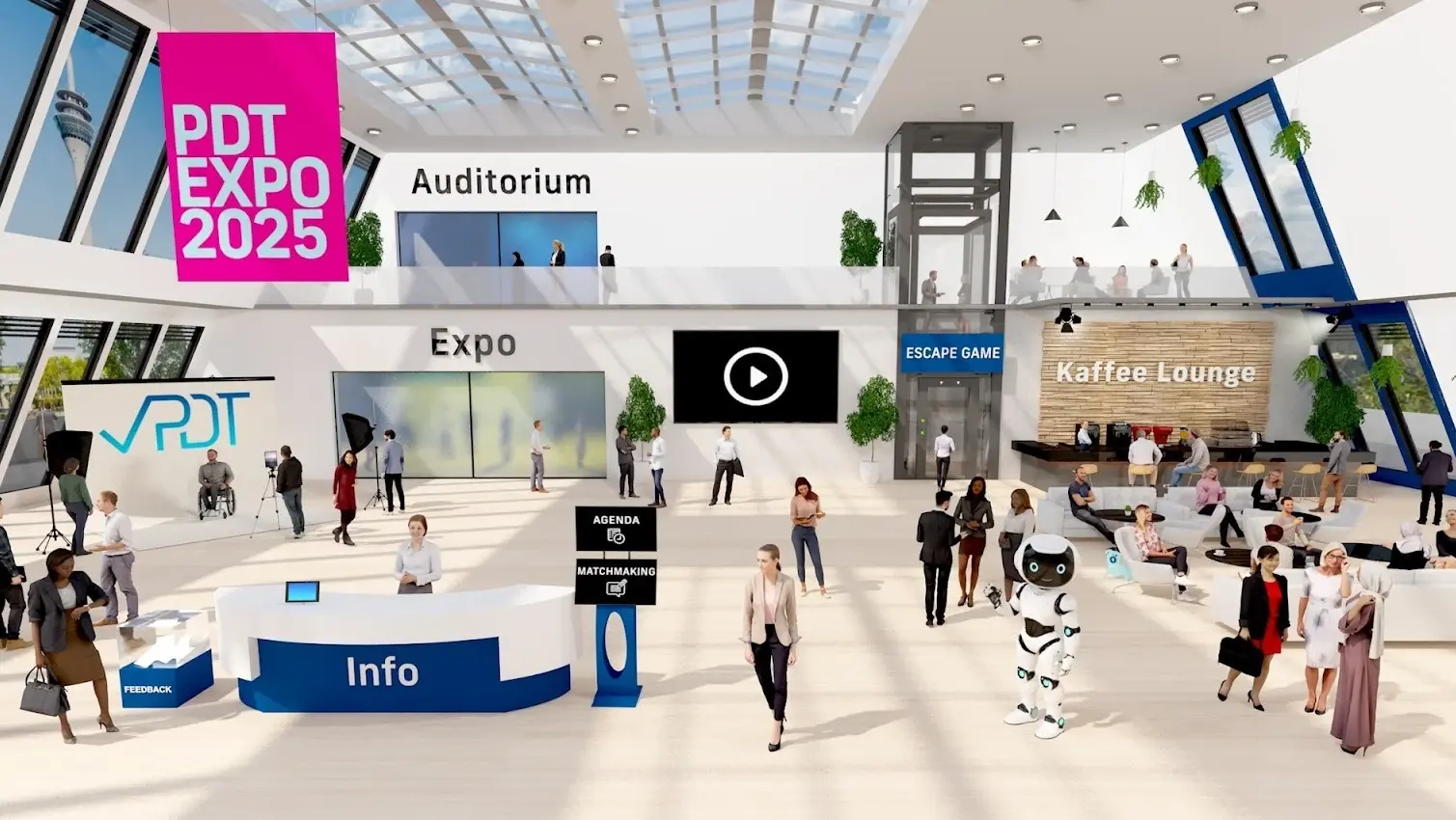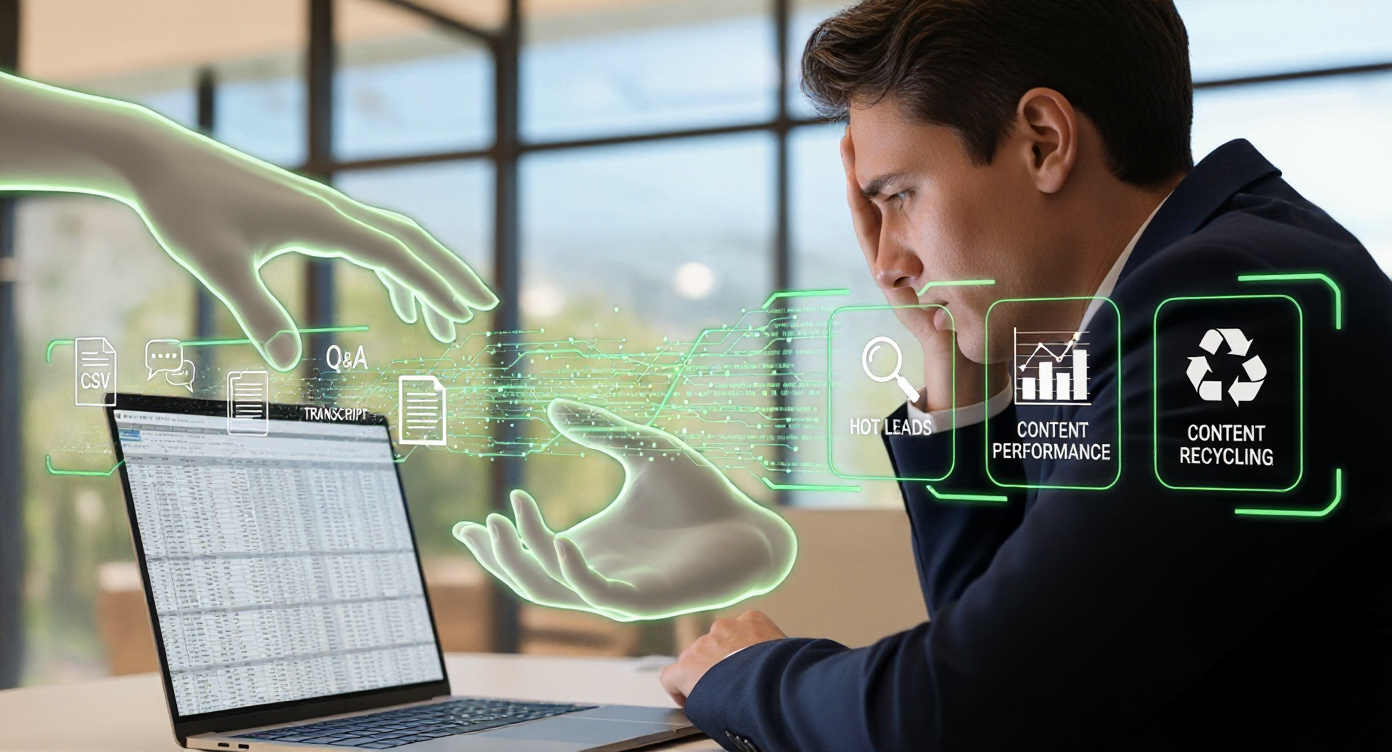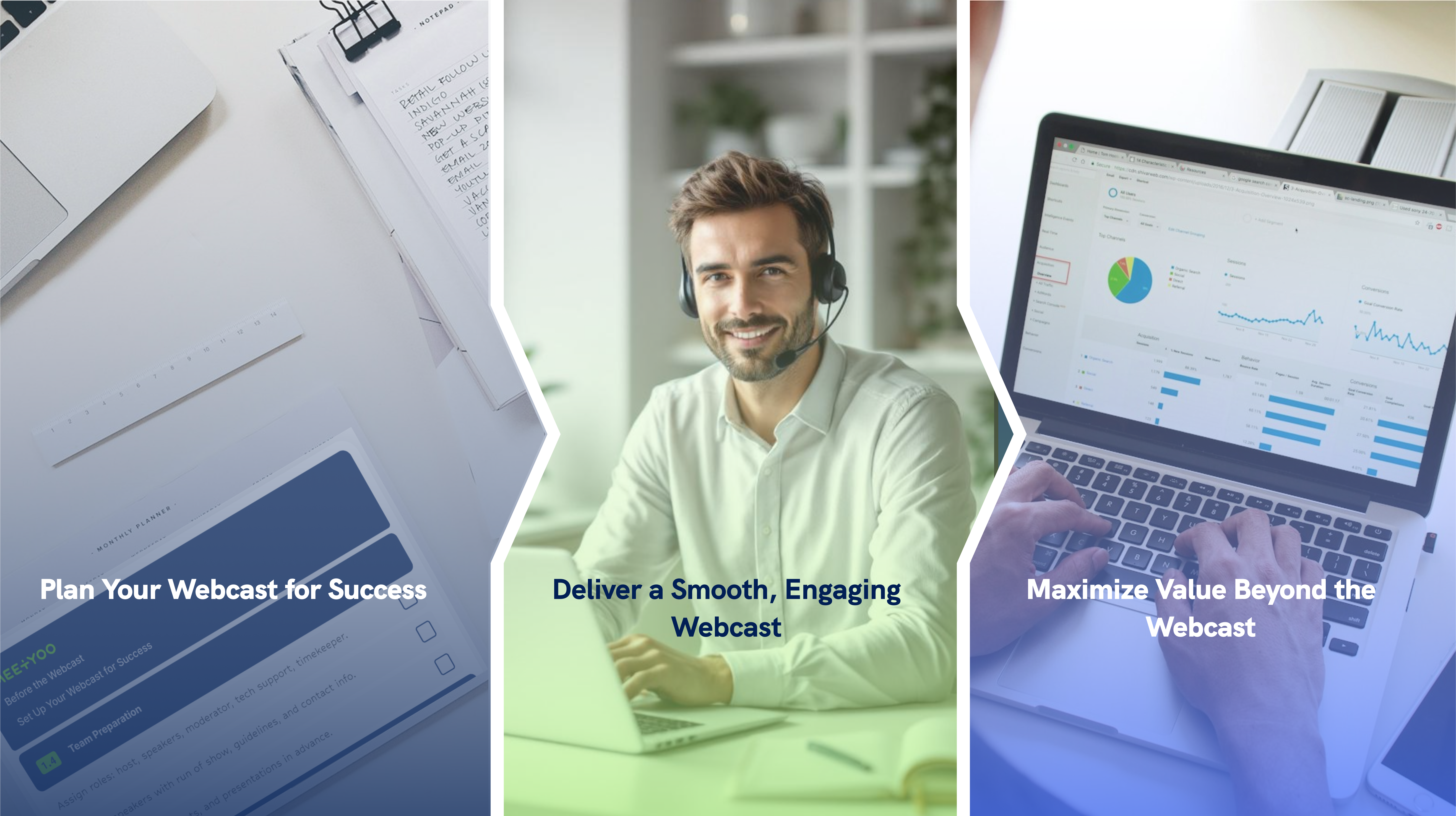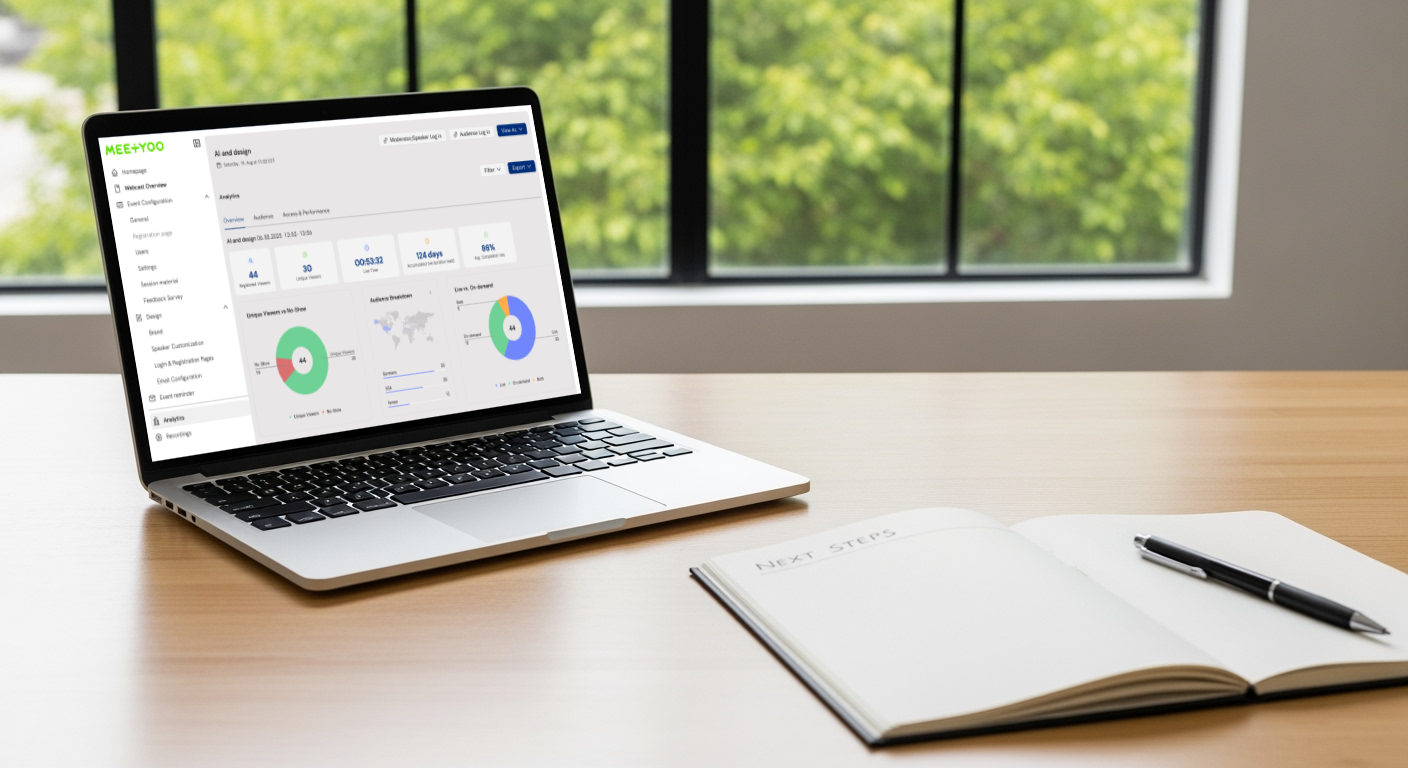Webcasting lets you reach people in a focused and professional way - whether you’re running a town hall, launching a product, or sharing training materials. But before you start building slides or booking a studio, you’ll need to decide how to deliver your content. Will your webcast be live, pre-recorded, or a mix of both? Each format has its strengths and its limits. The right choice depends on what you want to achieve, who you’re trying to reach, and how you plan to use the content afterward.
When it comes to webcasts, one size doesn’t fit all. The format you choose impacts how your content is delivered, how your audience engages, and how successful the event will be. We work with three main types of webcasts: Live, On-Demand, and Hybrid. Each serves a different purpose - and often, a mix works best. This guide helps you weigh your options so you can make an informed choice that works for you and your audience.
1. Start with Your Goals
The best format is the one that supports your goals. Ask yourself a few key questions before you decide:
- What’s your main objective? Are you looking to engage people in real time? Share a polished presentation? Or provide on-demand access over time?
- Who’s your audience? Do they expect interaction and live conversation - or do they prefer to watch content when it suits them?
- What’s your timeline and budget? Live webcasts often require more coordination. Pre-recorded videos offer flexibility but need time for editing and review.
- How comfortable are your speakers? Some shine in live settings. Others prefer the control and calm of pre-recording.
- Do you plan to reuse the content? If you’re building a long-term resource, structure the content for both live and on-demand use from the start.
Clarifying these points early on helps you choose the right format and avoid surprises later in the process.
2. Why Go Live? The Strength of Live Webcasts
Live webcasts work best when timing, interaction, and shared experience matter. They create a sense of occasion - your audience shows up, focuses, and engages in real time.
Why choose live?
- You want a shared moment. Going live builds excitement. It creates a real-time experience that brings people together, even from different locations.
- You want interaction. Viewers can ask questions, respond to polls, or join live chats. It’s a direct way to involve your audience.
- You want focus. A scheduled time adds urgency and encourages people to block time in their calendars and stay engaged.
- You want future use. Your live webcast can be recorded and offered later as an on-demand video - ideal for reaching global audiences in different time zones or extending the content’s shelf life.
To make the most of it:
- Prepare your speakers well. Practice pacing and handling Q&A to stay confident on air.
- Test your tech early. Check streaming quality, sound, and backups before going live.
- Have a support team ready. Quick troubleshooting keeps the experience smooth.
- Record your session. This lets you share with different time zones and extend your reach.
- Engage your audience. Use polls and chat to keep viewers involved.

Live webcasts work best when you want to bring people together at the same moment, creating a sense of shared experience. They are ideal for internal town halls where leadership can address employees directly, live panel discussions, interviews, or major announcements like product launches and investor updates. The real-time format drives engagement and gives your audience the chance to interact instantly.
3. The Power of On-Demand: Two Ways to Use It
Sometimes, live isn’t the best fit. Maybe your presenters are in different time zones. Maybe you want to fine-tune your message. Or maybe your audience needs flexibility. That’s where on-demand comes in - and it’s more versatile than you might think.
We break this format down into two types:
Option 1: Scheduled On-Demand (Played Live)
This format uses pre-recorded content that streams at a set time, often with live interaction alongside it.
Why choose this option?
- You keep control. Content is polished in advance, so everything looks and sounds professional.
- You still add interaction. Include a live chat, run polls, or take questions that you answer later via email.
- You reach more people. A scheduled stream encourages attendance - without the unpredictability of a live recording.
- You simplify logistics. Presenters can pre-record when it suits them, reducing stress.
Option 2: Static On-Demand (Always Available)
This version offers full flexibility. The content is recorded, uploaded, and available at any time - without a set broadcast window.
Why choose this option?
- You build a library. Create content that can be reused again and again.
- You support self-paced learning. Perfect for onboarding, product education, or internal comms.
- You remove barriers. No scheduling means more people can access the content when it suits them best.
To get it right:
- Keep it clear and concise. Edit out mistakes and focus on key messages.
- Add interactive features for scheduled on-demand. Live chat, polls, and Q&A keep viewers connected.
- Set clear expectations. Tell viewers when they can interact and how to send questions.
- Make static content easy to find. Organize videos with clear titles and descriptions.
- Keep your tone personal. Speak naturally to avoid feeling distant.

Pre-recorded webcasts shine when you need polished content that can be accessed anytime. They work well for training videos, onboarding sessions, detailed product demos, or thought leadership talks. You can also use pre-recorded keynotes for larger events where on-demand access lets viewers watch on their own schedule, especially across different time zones.
4. Hybrid Webcasts: Best of Both Worlds?
Sometimes the smartest choice isn’t either/or - it’s both. A hybrid webcast combines live and pre-recorded content. You can keep the polish of on-demand video while still engaging your audience in real time.
Why choose hybrid?
- You get flexibility. Pre-record the main content. Then go live for discussion, Q&A, or interaction.
- You extend reach. Viewers can join the live stream or catch up later on-demand - whatever works for them.
- You stay ready. If a speaker drops out or a connection fails, your recorded material keeps things running.
To nail this mix:
- Plan transitions carefully. Make sure switching between live and recorded feels smooth.
- Brief speakers thoroughly. Everyone should know when they’re live or on tape.
- Communicate clearly with your audience. Let them know which parts are live and when to engage.
- Use recordings as a backup. If something goes wrong live, you can switch to pre-recorded content seamlessly.
- Leverage both formats for reach. Offer live participation and on-demand access for flexibility.

Hybrid webcasts offer the perfect blend for complex events. They suit virtual conferences or multi-session programs where core content is pre-recorded but followed by live panels or Q&A. This format also fits global product launches with localized live follow-ups or events featuring speakers spread across different time zones. By combining both formats, you can deliver quality content and keep your audience engaged in real time.
One Message, Many Formats
There’s no one right way to run a webcast. What matters is matching the format to your audience and goals - and knowing that you don’t have to choose just one.
With the right setup, you can connect with people in real time, offer on-demand access later, and keep your message clear across every channel.
Need help picking the right format - or making it all run smoothly?
We’ve supported thousands of webcasts across every format. Let’s talk about what works best for you.
